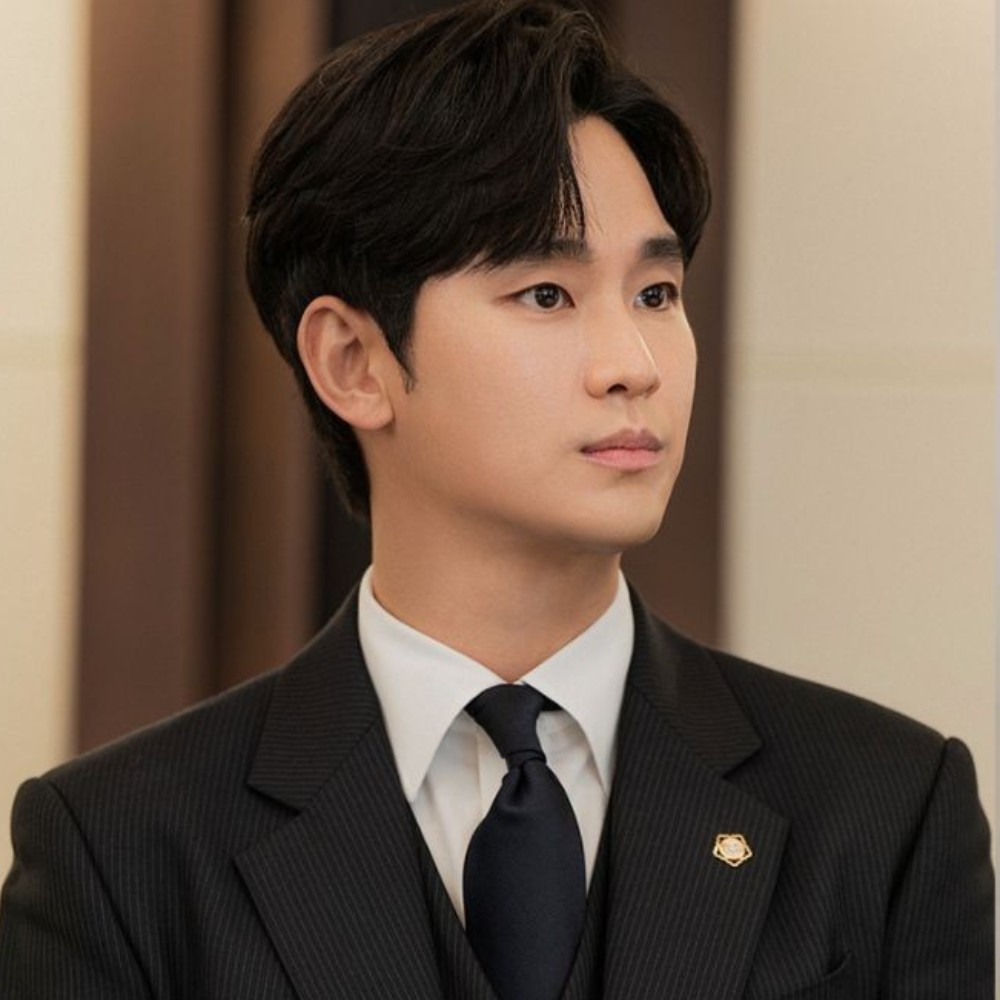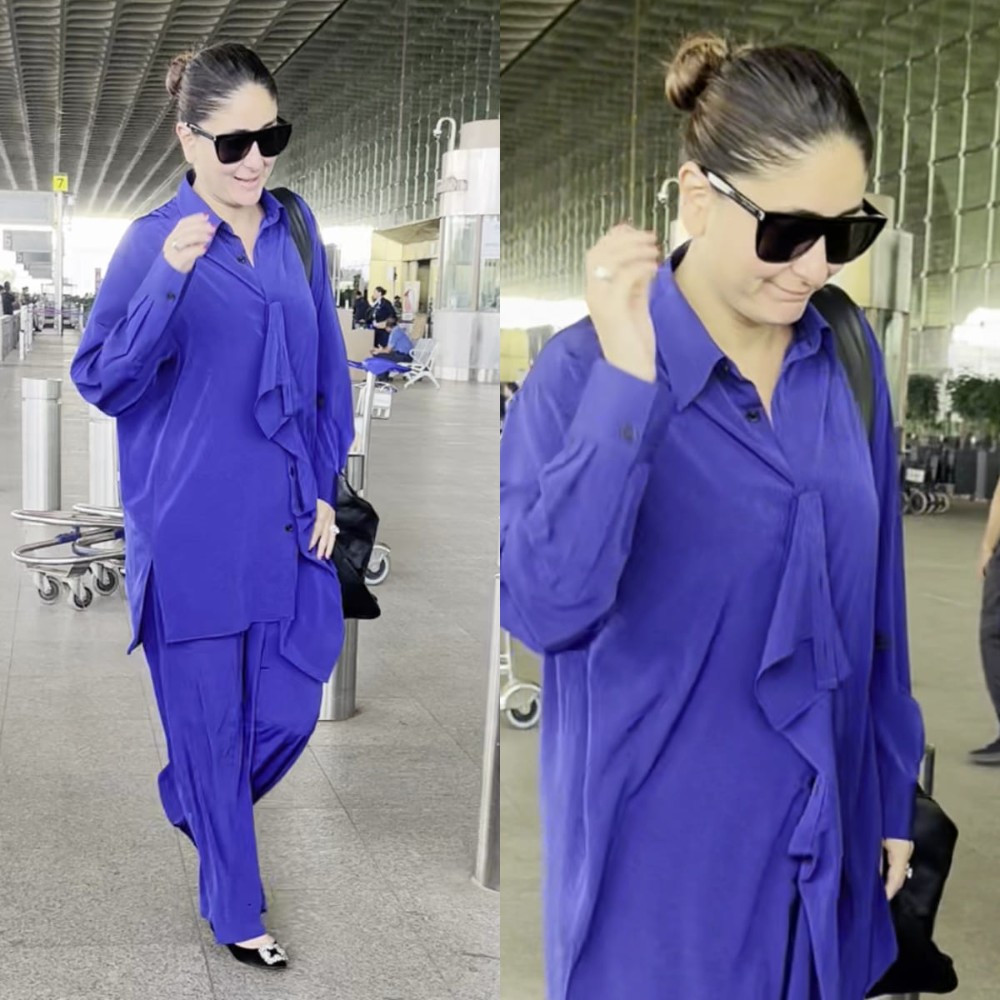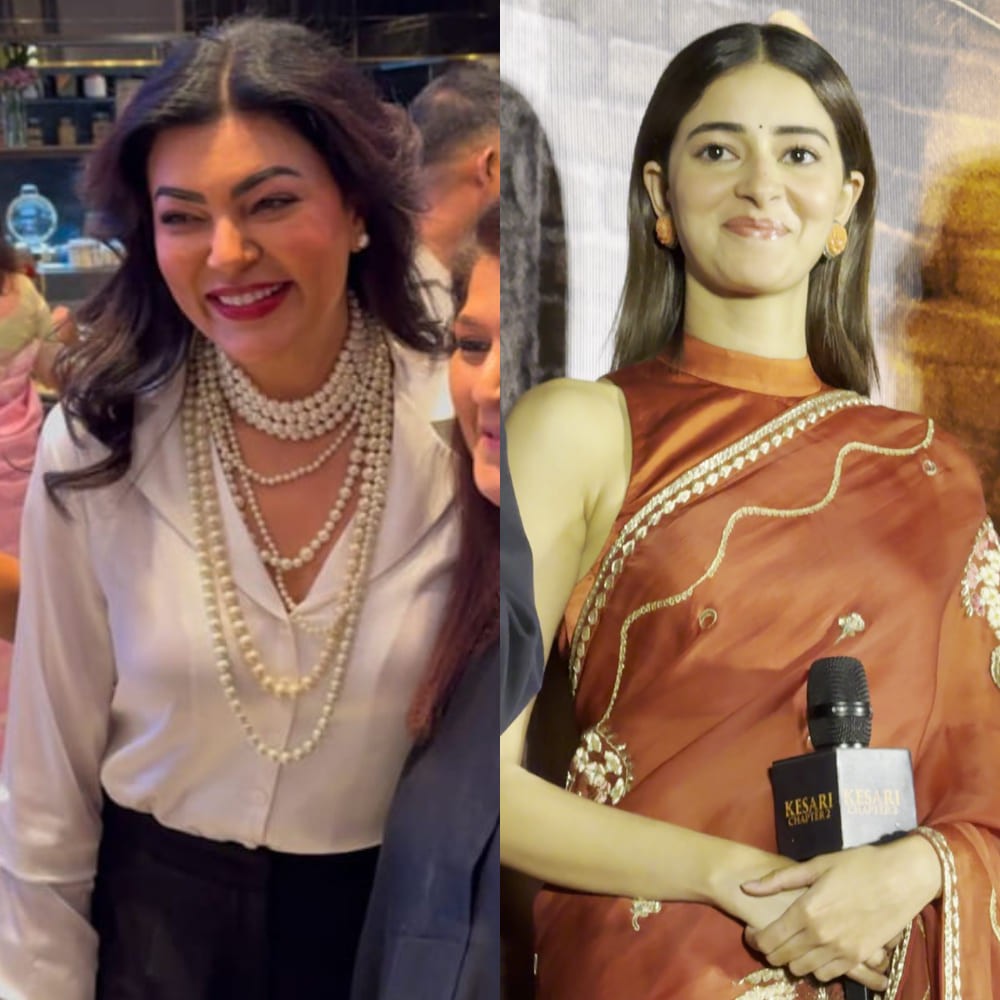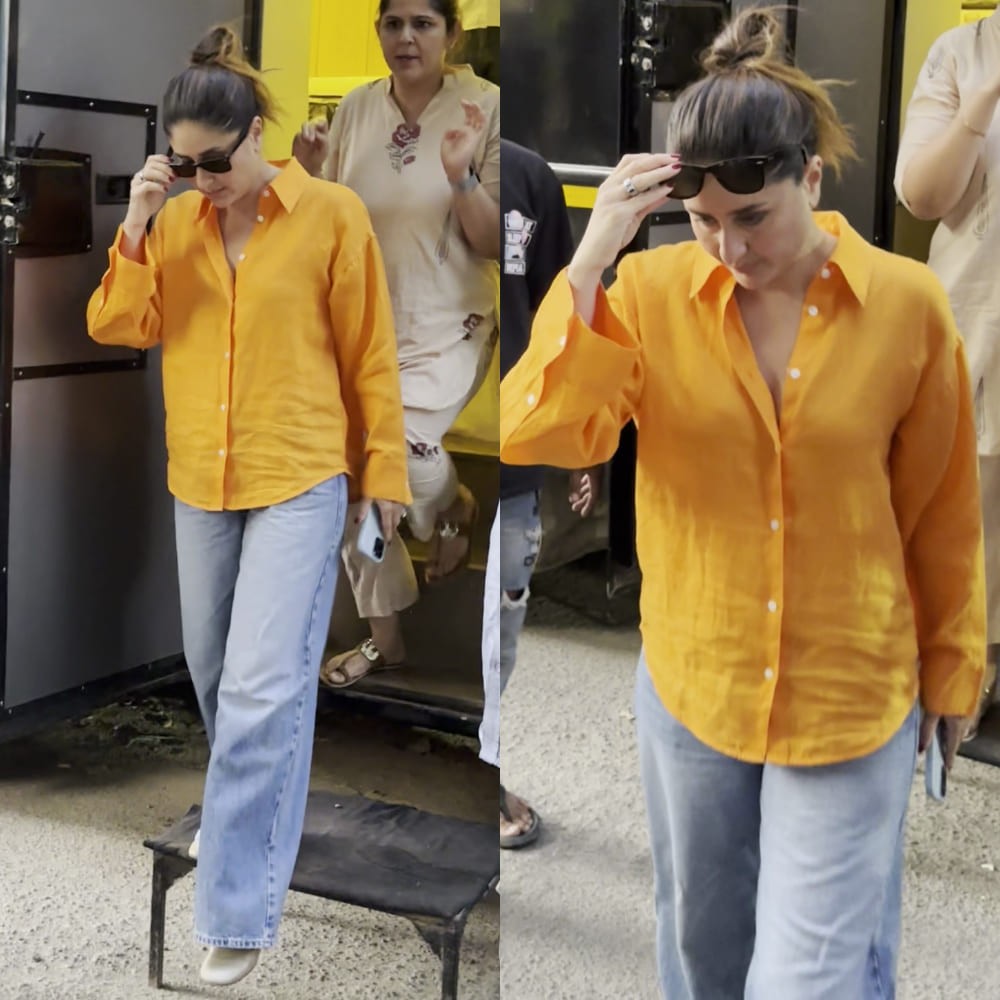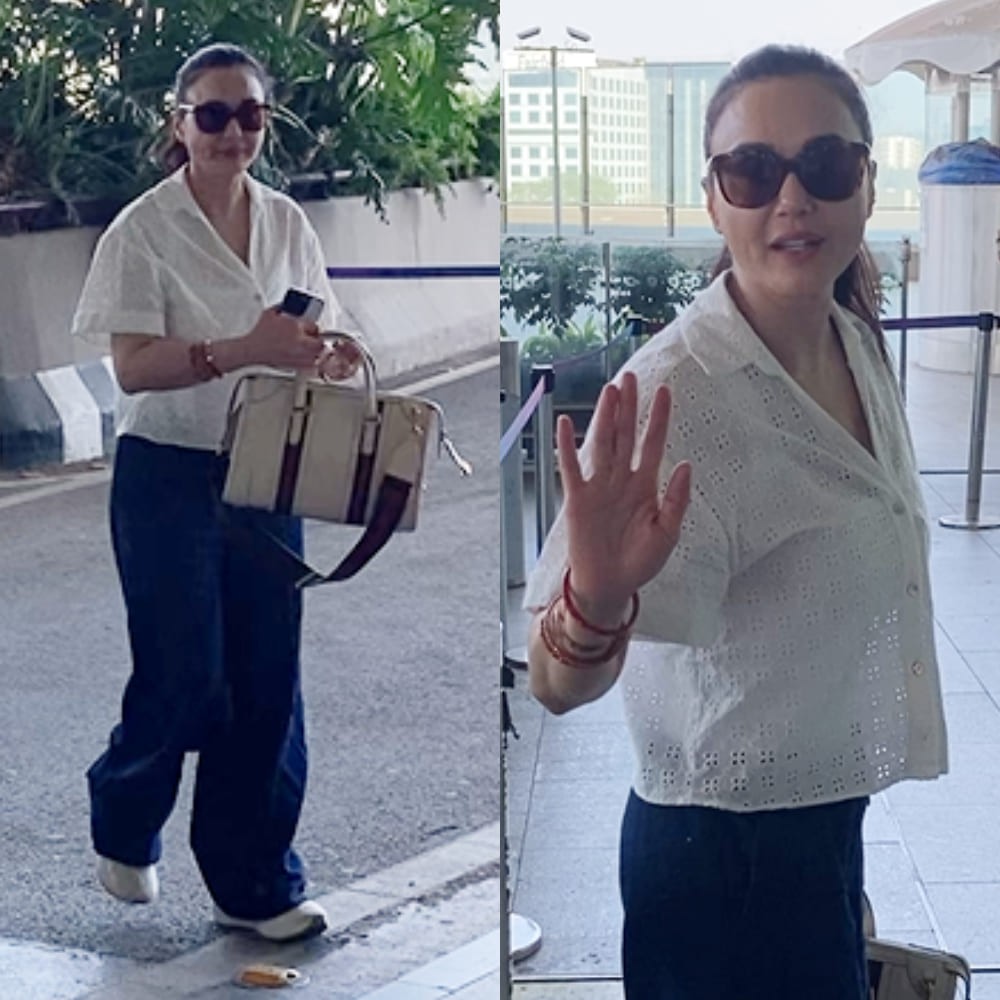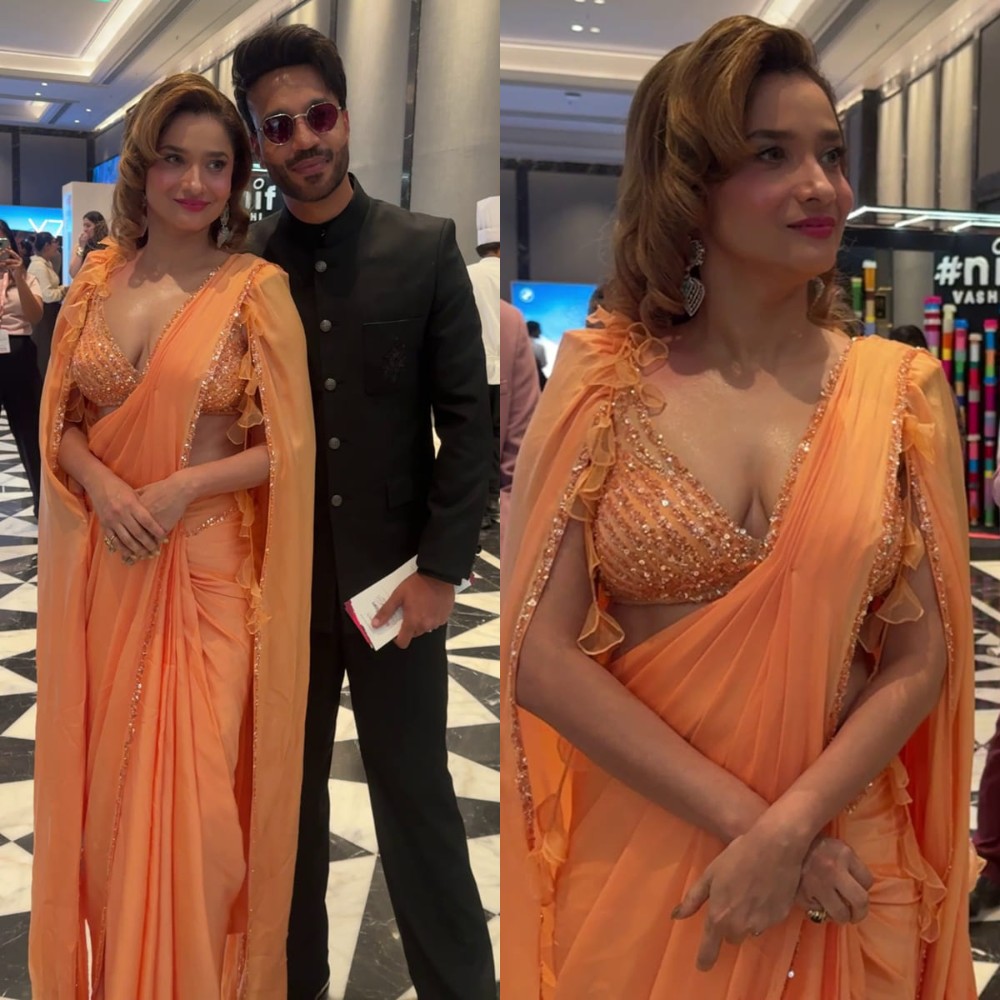World Television Day 2024: Early days of black and white to digital revolution – Evolution of TV; OPINION
On World Television Day 2024, let's take a look at how television has continued to evolve over the years.
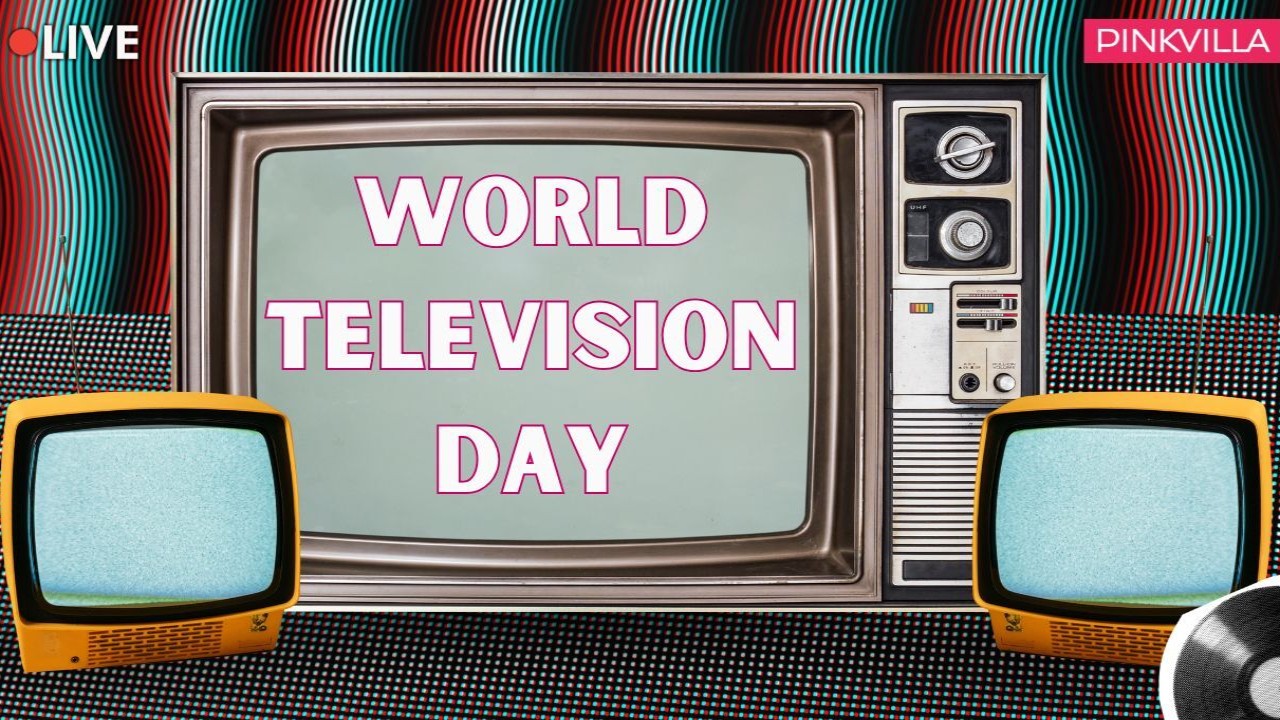
From the black-and-white broadcasts of the moon landing in 1969 to the binge-worthy streaming series dominating today, television has been a constant companion in shaping our collective experiences. As we celebrate World Television Day today (November 21), let’s reflect on the evolution of this medium that has profoundly influenced communication, culture, and entertainment.
What started as a box in the corner of the living room, often called the ‘idiot box’ airing scheduled content to a captivated family audience, has transformed into a personalized, on-demand experience accessible on multiple screens. Television has not only entertained but also informed, educated, and united people across generations. Today, traditional television coexists with streaming platforms and digital innovations.
World Television Day: History and evolution
The journey of television began in the mid-20th century as a revolutionary invention that brought moving images into people’s homes, forever changing how stories were told and shared. Initially a luxury, television quickly gained popularity, becoming a staple in households worldwide by the 1970s. With limited programming and fixed schedules, it created a communal experience where families would gather around to watch their favorite shows, news bulletins, or live broadcasts.
This era was defined by iconic moments that cemented television's role as a cultural touchstone. In the West, events like John F. Kennedy's funeral or Neil Armstrong's historic moon landing brought millions together in shared awe.
In India, Doordarshan's emergence in the 1970s and 1980s introduced shows like Ramayan and Hum Log, which not only entertained but also mirrored societal values and aspirations.
Television in its early days was more than just an appliance; it was a window to the world, shaping perceptions and uniting communities.
The golden age of TV
The 1980s and 1990s marked television's golden age, driven by the advent of cable and satellite TV, which dramatically expanded content choices. This era saw a boom in programming that catered to diverse audiences, from mythological epics like Ramayan and Mahabharata in India to globally beloved sitcoms like Friends.
Television also began to shape pop culture in unprecedented ways. Characters, catchphrases, and theme songs became part of daily life, while TV stars gained celebrity status similar to movie icons. Events like live sports broadcasts and music award shows turned television into a hub for global phenomena.
The technological leap
The evolution of television technology in the late 20th and early 21st centuries transformed the viewing experience entirely. The transition from bulky black-and-white cathode-ray tube sets to sleek color televisions was a pivotal milestone. By the 1990s and early 2000s, advancements like cable boxes, digital broadcasting, and high-definition (HD) technology brought sharper visuals and superior sound quality, enhancing audience engagement.
The introduction of flat-screen TVs, plasma, and LED displays made television sets more appealing and space-efficient, while innovations like in-built recorders allowed viewers to record and replay their favorite shows, shifting control into their hands. Television also became smarter, with internet-connected smart TVs offering access to apps, streaming platforms, and interactive content.
This technological leap didn’t just improve the hardware; it reshaped how and when audiences consumed content, bridging the gap between traditional TV and the digital revolution. Every household had access to television, and it was no more a luxury.
The rise of OTT platforms
The current generation is dominated by Over-The-Top (OTT) platforms. The emergence of OTT platforms like Netflix, Amazon Prime, and Disney+ has completely redefined the concept of television. Unlike traditional TV with fixed schedules, OTT platforms offer on-demand content accessible anytime, anywhere, across multiple devices. This shift has made binge-watching a global phenomenon, with viewers consuming the entire series in one sitting—a stark contrast to waiting a week for the next episode.
OTT platforms have also democratized access to diverse content. From regional stories to international hits, they break geographical barriers and cater to varied tastes. The availability of multilingual subtitles and dubbing has further broadened their appeal, creating global fandoms for shows like Money Heist and The Crown.
However, this rise has sparked debates about the future of traditional television. While some argue that live events like sports and award shows keep traditional TV relevant, others believe its rigid structure may not survive the flexibility of OTT. The coexistence of both mediums might depend on traditional TV’s ability to innovate and adapt, perhaps by integrating on-demand options or focusing on niche content. For now, OTT platforms represent a new era of personalized entertainment that challenges the dominance of conventional television.
Challenges in the digital age
Traditional television faces significant challenges in the digital age, particularly as younger generations gravitate toward online platforms. Streaming services like Netflix, along with free content hubs like YouTube, have become the preferred sources of entertainment for many, offering flexibility, interactivity, and personalized recommendations. This shift has led to a steady decline in traditional TV viewership, especially for general entertainment and non-live programming.
With increased competition from OTT and digital platforms, traditional TV must address these challenges by embracing innovation, transparency, and content that resonates with modern audiences to remain relevant.
Television is here to stay
Binaifer Kohli, a TV producer known for popular Hindi television series like Bhabiji Ghar Par Hai and FIR, among others, shares her thoughts on the current scenario. She says, “TV as a medium has evolved. The wide variety of content isn't restricted to saas-bahu dramas anymore. We live in an era of OTT platforms, so audiences have plenty of options to watch.”
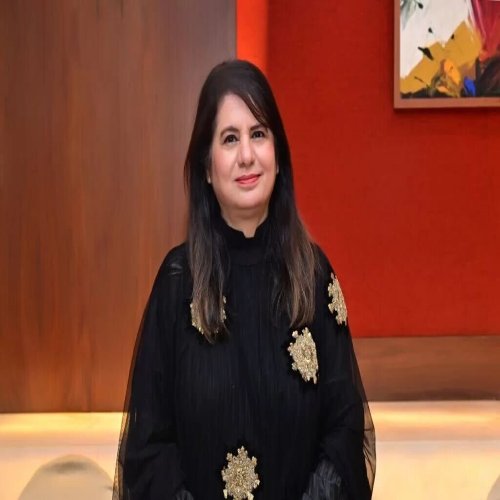
She adds, “TV caters to all kinds of audiences, from children to adults to senior citizens. The comedy scenario has also evolved—subtle and clean humor still works. TV producers and channels are exploring new formats and content. TV is like dal chawal, and its audience remains stable.”
In conclusion, it’s safe to say other mediums cannot replace television. With rising competition, the content continues to improve and diversify. The advancement of technology has also brought smart TVs, which support OTT platforms on the device itself.





 JOIN OUR WHATSAPP CHANNEL
JOIN OUR WHATSAPP CHANNEL













